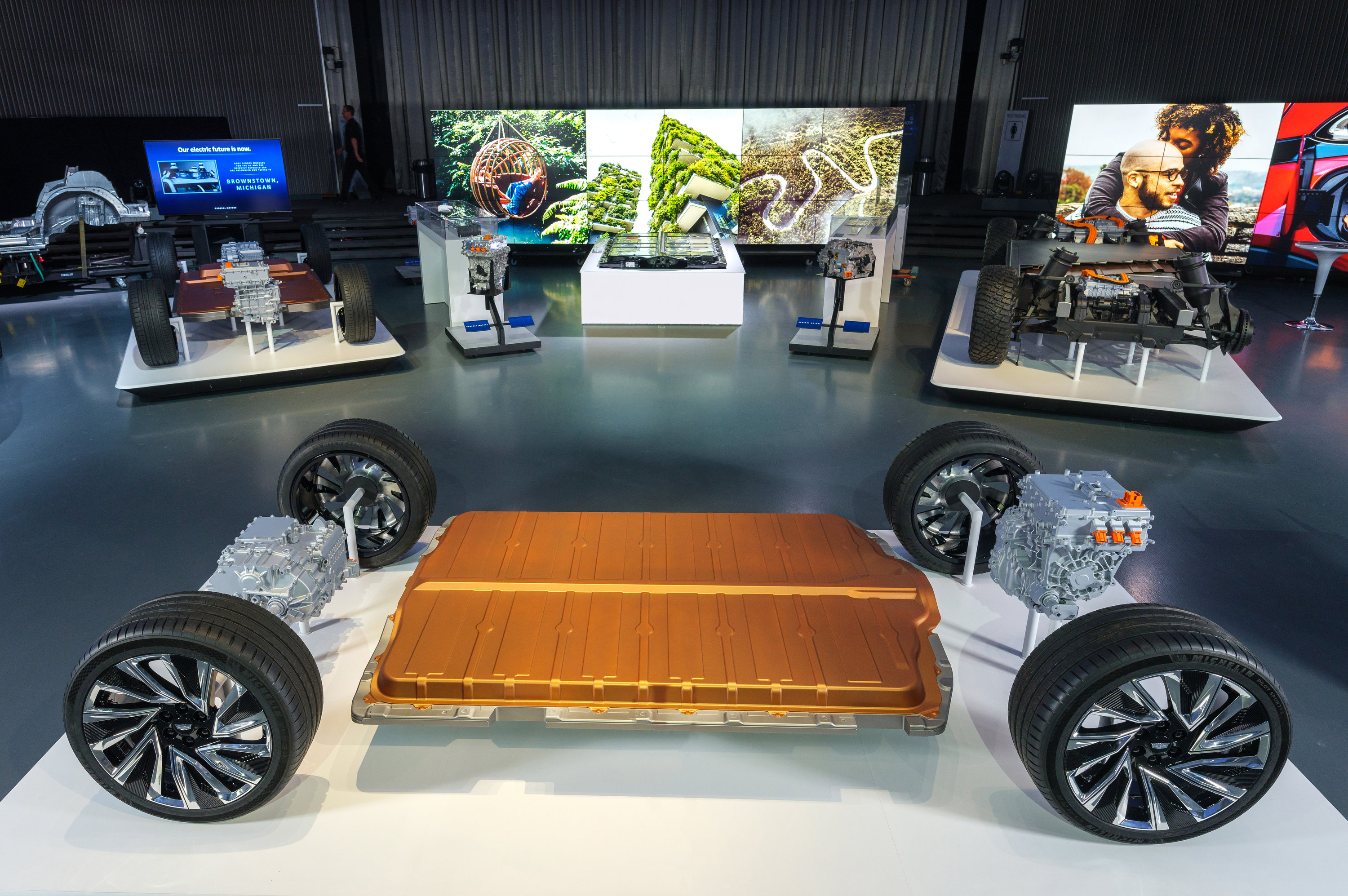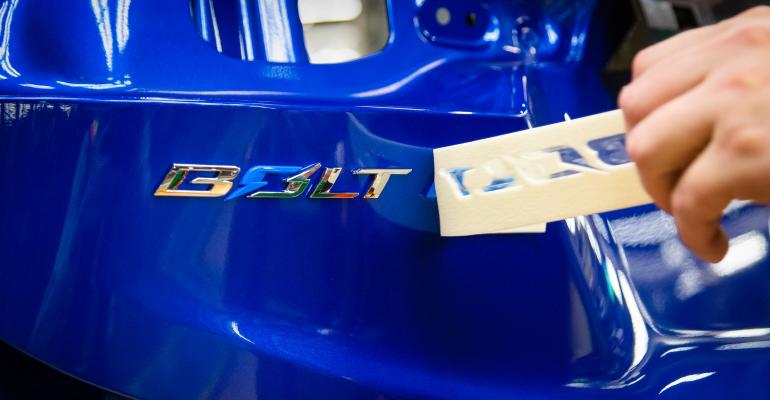General Motors is pulling ahead $8 billion in capital spending to expand its investment in electric vehicles, saying it will now spend $35 billion on development of EVs by the end of 2025.
The extra money will go for new battery plants and the development of a battery-electric cargo van sold by the Chevrolet Div. as well as other new EVs, GM Chair and CEO Mary Barra says during a conference call with analysts.
GM also raises its financial outlook for the remainder of 2021, despite an $800 million setback caused by the recall of Chevy Bolts after several of the BEVs caught fire. The problems with the Bolt have been corrected, according to Barra.
GM’s $2.8 billion in second-quarter earnings fell short of Wall Street expectations, even though the automaker raised its estimated earnings for the full year to between $7.7 billion and $9.2 billion – despite the ongoing shortage of semiconductors, which could last into 2022.
Barra says the current pricing environment favors GM, but she has some concerns about the affordability of new vehicles, particularly if inventories remain tight through 2022.
The CEO, however, emphasizes GM’s return on its invested capital provides the company with the financial wherewithal to up its investment in EVs. “Our strong returns enable us to reinvest in the future of this business. The reinvestment includes accelerated investments in our electric and autonomous strategy to build a future that is better for our customers and better for the environment,” she says.

“Because of the performance, range, flexibility and scalability of our Ultium (EV) (pictured, above) and Hydrotec (hydrogen-fuel-cell) platforms, including the work we’re doing to continually drive cost reduction, we don't need to depend on partial solutions like hybrids and electrified (internal-combustion) vehicles,” Barra says. “Instead, we’re primarily focused on investments that achieve the end solution of zero emissions more quickly.”
In a letter to GM shareholders accompanying the company’s quarterly financial report, Barra notes GM is adding two battery cell plants in the U.S., beyond the two currently under construction. “They will create thousands of good jobs, and we’ll add more capacity as demand grows,” she says.
GM also is adding two new EVs for commercial and small-business customers to its product plan and will add EV manufacturing capacity by transitioning production at existing plants, Barra says.
Cruise, the independent, GM-majority-owned autonomous-vehicle developer, continues to progress toward launching its first fully driverless commercial service. “Recently, through GM Financial, we extended Cruise a $5 billion line of credit to further advance its commercial ramp of the Origin (shuttle),” which is being built at Factory Zero in Detroit-Hamtramck, MI, and launches in early 2023.
Barra adds in her letter to shareholders that accelerating GM’s all-electric future requires an EV value chain that is secure, sustainable, scalable and cost competitive. “To do this, we are creating a diversified, environmentally friendly and geographically diverse value chain through investments, strategic partnerships and supply agreements,” she says.
“For example, we are working with suppliers to develop new sources in the United States for lithium, a key battery cell component, and accelerate the adoption of extraction methods that have less of an impact on the environment,” Barra says. “We are taking a similar approach with other critical minerals needed to support our EV future.”





